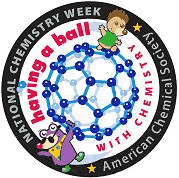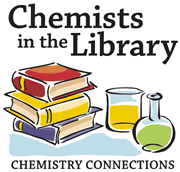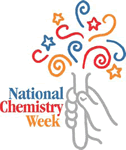Books
This is a collection of print resources. A separate collection of Online Resources is also available.
Key: E=Elementary (K—5), I=Intermediate (6—8), HS=High School (9—12), C=College, G=General Public
- Careers in Sports Technology
- Materials for Sports Equipment
- Sports-Related Experiments and Activities
- Sports Nutrition
Careers in Sports Technology
- High Tech Hot Shots: Careers in Sports Engineering. Alexandria, VA: National Society of Professional Engineers, 2004. (HS)
Materials for Sports Equipment
- Balls! (2006) and Balls!: Round 2 (2008). Plain City, OH: Darby Creek Pub. (E, I)
- Explores the history, materials and construction of various balls used in a wide variety of sports and games.
- Bouncing and Rolling. New York: Gloucester Press, 1988. (E)
- Simple experiments and activities to demonstrate why some objects bounce and roll and others do not, and why some balls bounce higher than others.
- Sports Science Projects: The Physics of Balls in Motion. Berkeley Heights, NJ: Enslow Publishers, 1999 (E, I)
- Activities and experiment demonstrate the relationship between design and performance of different kinds of sports balls.
- Super Materials [DVD] Films for the Humanities & Sciences, Lawrenceville, NJ, 2005. (I, HS)
- Part of the film focuses on how some super materials have changed the face of sports.
- Sports Technology. South Melbourne [Vic.]: Nelson ITP, 1998. (E, I)
- Looks at the ways in which technology has changed sports clothing and equipment.
Sports-Related Experiments and Activities
Title selections in this section contain books with suggested activities, experiments, and projects. While many of the activities are related to physics, some activities deal with food composition and nutrition, materials science and technology, and properties of matter and surfaces (buoyancy, friction, etc.) that are related to sports.
- The Leaping, Sliding, Sprinting, Riding Science Book: 50 Super Sports Science Activities. 1st ed: New York: Lark Books, 2006. (I)
- Move with Science: Energy, Force, & Motion. Arlington, VA: NSTA Press, 1998. (HS)
- Science Projects About the Physics of Sports. Springfield, NJ: Enslow Publishers, 2000. (E, I)
- Sports Lab: How Science Has Changed Sports. New York: Silver Moon Press, 1994. (I)
- Sports Science. New York, NY: Sterling Publishing Co., Inc., 2006. (I)
- Sportworks: More Than 50 Fun Games and Activities That Explore the Science of Sports. Reading, Mass.: Addison-Wesley, 1989. (E, I)
- Experiments with Sports. A True Book. New York: Children’s Press, 2003. (E)
- The Magic School Bus. Super Sports Fun [DVD]. Burbank, CA: Warner Home Video, 2004, 1994 (E)
Sports Nutrition
- Food for Sports. Chicago, Ill.: Heinemann Library, 2006. (I, HS)
- Includes healthy food choices, suggested recipes, and nutrition facts about foods.
- Health Science Projects About Sports Performance. Berkeley Heights, NJ: Enslow Publishers, 2002. (E, I)
- Includes experiments about nutrition, physical conditioning, exercise, and metabolism.
- Peak Performance: Sports, Science, and the Body in Action. New York: Simon and Schuster Books for Young Readers, 1989. (I)
- How modern science has developed sports medicine and new ways of keeping fit, focused on US Olympic Training Centers.
- Professor Protein’s Fitness, Health, Hygiene and Relaxation Tonic. London; Sydney: Aladdin/Watts, 1996. (I)
- Cartoon characters present material about fitness, health, and hygiene.
- Science News for Kids: Health and Medicine. New York, NY: Chelsea House Publishers, 2006. (E, I)
- Includes a group of articles on sports and exercise health.


